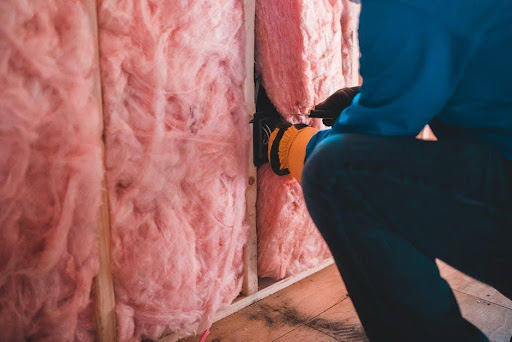
If you want to make improvements to your home, you need to know about insulation. The choice between open and closed cell insulation is a big one.
Each type has its advantages when it comes to comfort and saving energy. Closed cell insulation is well-known for having a high R-value and great moisture barrier properties.
Open-cell insulation, on the other hand, is better at blocking out noise and costs less. Homeowners can make smart decisions if they know the differences between these materials.
Read our guide to find the type of insulation that works best for you. Read on!
What is Open Cell Insulation?
Open-cell insulation is a type of foam with tiny open spaces inside. This makes it soft and flexible.
Because it’s less dense, it does a great job at blocking noise, so it’s perfect for inside walls and ceilings. Plus, it’s lightweight and easy to install, saving you time and money.
The Characteristics of Closed-Cell Insulation
Closed-cell insulation has tiny cells that are completely sealed off from each other, making it denser and more rigid. This type of foam is great at keeping water and air out, ideal for exterior walls, roofs, and flood-prone areas. Plus, it offers better thermal resistance per inch than open-cell insulation.
Thermal Resistance and Energy Efficiency
Both open-cell and closed-cell insulations help save energy, but they work differently. Open-cell insulation has an R-value of about 3.5 to 4 per inch, which is less than closed-cell insulation.
Closed-cell insulation can have an R-value of 6 to 7 per inch, meaning it’s better at keeping heat in or out. This higher R-value can save more energy and reduce heating and cooling costs.
Moisture Resistance and Durability
Closed-cell insulation is great because it doesn’t let water in. Its structure keeps water out, which helps prevent mold and mildew.
Open-cell foam can absorb water more easily and might need an extra barrier to keep moisture out. That’s why closed cell foam insulation is perfect for places like basements, crawl spaces, and outside areas where you need strong, water-resistant material.
Cost and Installation Considerations
When deciding between the different types of insulation, cost is important. Open-cell foam is usually cheaper, about half the price of closed-cell foam. It’s lighter and easier to install, which can save money on your project.
However, closed-cell insulation, although more expensive, lasts longer, is more durable, and insulates better. No matter which type you choose, having it professionally installed is crucial for the best results.
Versatility and Application Areas
A versatile spray foam insulation comes in two types: open-cell and closed-cell. Open-cell foam is great for inside your home where you need soundproofing and some thermal insulation.
Closed-cell foam is stronger and works well for areas like roofs, foundations, and exterior walls where you need high-performance insulation. Both types are useful and can be combined to make your home more energy-efficient.
Why Choose Closed Cell Insulation For Superior Protection
Closed cell insulation has many benefits for homeowners who want better protection. Because it has a high R-value, it has great thermal resistance, which saves a lot of energy.
Because it doesn’t absorb water, it’s perfect for damp places. This kind of insulation lasts longer and is more durable than others.
Even though it costs more upfront, the home insulation benefits make up for it. If you want to make improvements to your home that will last, closed cell insulation is the best choice.
Did you like this guide? Great! Please browse our website for more!
Stay in touch to get more updates & news on Buzz Feed!






